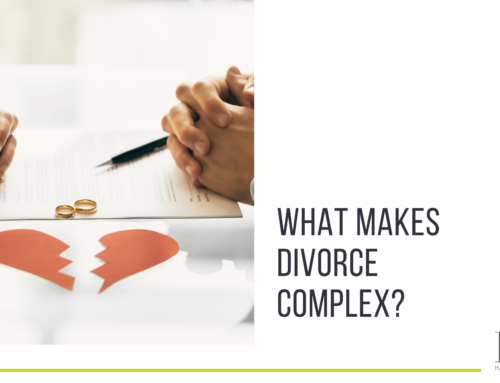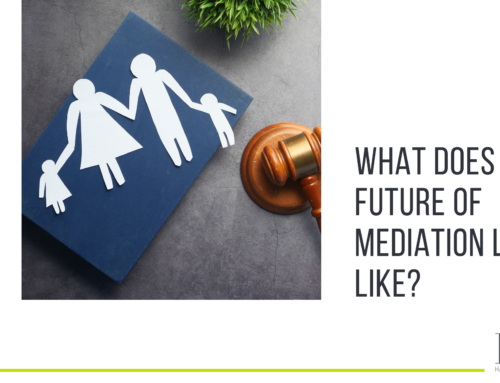A divorcing couple must disclose their assets in order to obtain a legally binding financial agreement about who gets what. However, in many cases, there aren’t enough assets to meet both spouses’ needs and cut backs have to be made. This is often referred to as a ‘needs-based case’.
Which ‘needs’ to consider
The main needs to consider are for housing, and current and future income. In cases where there is more than enough money to go around, the court will examine how these needs are met from marital assets. For example, the family home and savings, along with property and pensions accrued during the relationship. But in a ‘needs’ case, non-marital assets, such as those owned before the relationship, gifts, or inheritances, may need to be invaded to ensure that both spouses can afford suitable housing and their expenditure (both now and in retirement).
‘Needs’ are assessed in the context of:
- The income and earning capacity of both spouses, both currently and in the foreseeable future.
- The financial responsibilities of each party to the marriage, for example looking after the children.
- How long the marriage lasted and the age of each party.
- The standard of living before the marriage ended.
- Any physical or mental disabilities of either party or any children.
In some cases, one ex-spouse may be required to provide maintenance payments to the other spouse to ensure they can both meet their expenditure.
What exactly does ‘need’ mean?
Pitching your expenditure or how much you say you need for housing at the wrong level, can considerably weaken your negotiating power to secure what you really need for your financial future.
The term ‘need’ can be quite vague and every family’s situation is different. Family law is extremely discretionary and you could get 10 different views from 10 different Judges on 10 different days! So it’s important that divorcing couples seek legal support to determine what’s reasonable and ensure they haven’t missed anything.
The ‘needs’ of any dependent children are especially important. The family court will protect their welfare by ensuring the primary parent is well-equipped to look after them. However, where the children spend quality time overnight with both parents, both parents are going to need suitable properties for them and their children.
The family home
Often, the biggest asset a married couple will have is the family home. Many separating couples are under the misconception that assets should be divided 50:50. However, it’s common for one spouse to have considerably less, and have a much lower mortgage capacity than the other. They might not be able to take out a big enough mortgage to buy a suitable property with only 50% of the assets or they might not be able to afford the mortgage repayments. In many cases, it’s fair for the financially weaker spouse to get more than 50% of the assets. This is to ensure that both spouses can afford a suitable property and afford their expenditure.
In some situations, it might be appropriate for the primary carer of the children to remain in the family home until the children are older. The other spouse may have to wait to get their share. Your solicitor will be able to advise you about the pros and cons of your options based on your specific circumstances.
We talk more about the division of assets, including the family home, here.
Harrogate Family Law are here to help
If you need help working out what you need for your future, give us a call today. When it comes to ensuring a fair outcome from your legal journey, it’s important to have expert guidance to talk you through next steps. And that’s exactly what we’re here to do.






